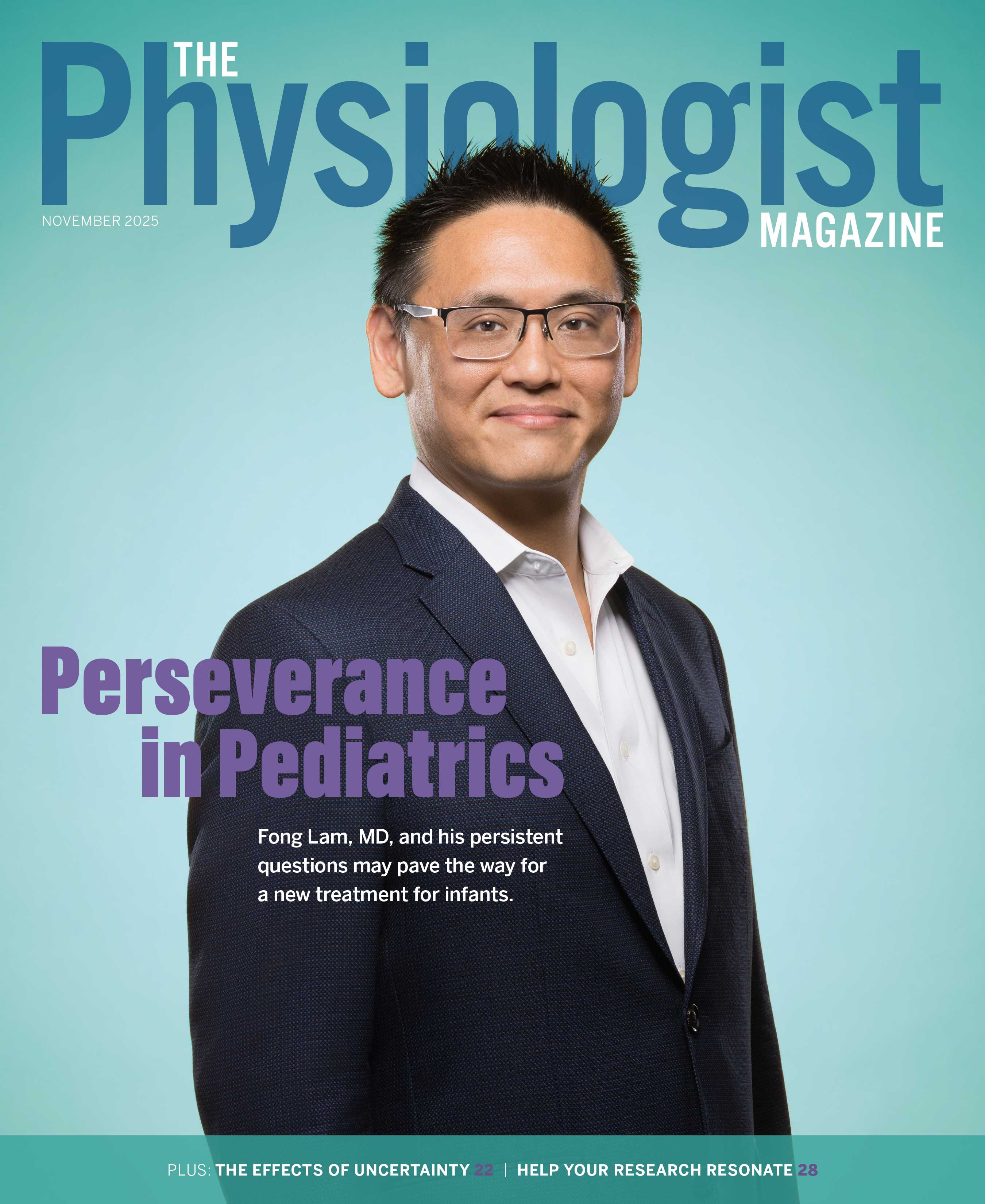Publish with Polish
What Subscribe to Open Means for APS Members
APS will begin a new open access initiative in 2025.
Open access buzzwords and phrases have changed over the years: public versus open access; green, gold, diamond journals; transformative agreements; and read-publish-join deals. Now, subscribe to open (S2O) is the much-talked-about approach to converting subscription journals to open access. APS Publications made the decision to adopt the S2O model for its 10 primary research self-published journals starting in 2025. What does that mean for subscribers, authors and Society members?
Journal Subscribers
Let’s start with the basics. According to subscribetoopencommunity.org, S2O is a “pragmatic approach for converting subscription journals to open access—free and immediate online availability of research—without
reliance on either [open access] article processing charges (APCs) or altruism.” This business model works by relying on a journal’s existing subscriber base. Essentially, institutions and libraries maintain their subscriptions, and if enough
subscribe to the APS research journals, the Society commits to opening the journal’s content for that subscription year.
If a journal does not meet its subscription threshold, it remains gated, with continued access for paying subscribers. What’s more, subscribers to the APS Digital Library are guaranteed open access for their authors in all 10 of the Society’s S2O journals, and authors at institutions subscribing to the American Journal of Physiology (AJP) consolidated package are guaranteed to publish open access in all seven AJP journals. It’s a win-win for institutions—being a subscriber positions an institution’s authors to publish open access with APS publications.
Journal Authors
For authors, choosing a journal for submission couldn’t be easier. If your institution subscribes to the APS Digital Library or the AJP consolidated package, you know your article will be published as open access that subscription year. Authors only pay minimal production costs (no APCs) to receive a Creative Commons open access license. This eliminates the financial burden for authors.
In addition, if a journal converts to open access each year, all content will be open to the world without any barriers to access. S2O also enables authors to comply with funder requirements, which increasingly include a mandate to publish open access. Not only do APS journals have excellent reputations for quality and rigor, but they also offer authors a more sustainable open access option.
Benefits for APS
Finally, the S2O business model benefits APS and its members. Very few publishers can afford to offer diamond open access. True to the S2O model, as a society publisher, we reinvest
any income back into the research community we serve. By focusing on our existing subscription base and only charging authors for production fees, we are centered on sustainability. The Society is committed to supporting the physiology research community
through peer review and high-quality publication, investments in rigor and reproducibility and Society endeavors.
APS Publications aims to provide a seamless open access experience for all authors, and S2O will accomplish this. Make sure your institutions renew their subscriptions, and if they only subscribe to a few APS journals, encourage them to consider the APS Digital Library or the AJP consolidated package. You can help promote S2O by being an ambassador for APS and send a personalized note to your library in support of S2O.
This article was originally published in the September 2024 issue of The Physiologist Magazine. Copyright © 2024 by the American Physiological Society. Send questions or comments to tphysmag@physiology.org.
The Physiologist Magazine
Read the Latest Issue
Don’t miss out on the latest topics in science and research.
Contact Us
For questions, comments or to share your story ideas, email us or call 301.634.7314.


